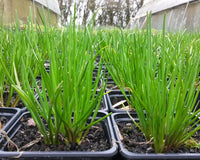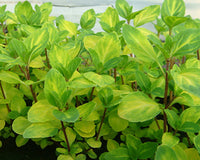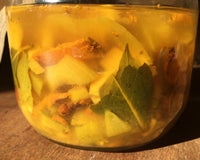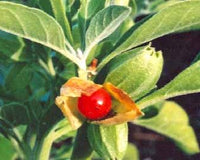Originating from the Mediterranean, classic thyme (thymus vulgaris) is full of flavour and scent and an important addition to the winter kitchen when other herbs are not available and because it aids digestion and helps break down fatty food which are often eaten more frequently in winter. It is one of the herbs in bouquet garni along with sage, bay and parsley – a small bunch of herbs tied together and dangled on a length of string in to cooking casseroles, soups etc. to add flavour.
Thyme with its strong antiseptic properties is also used both medicinally and cosmetically. A hot tea made form leaves is good for sore throats. A cleansing wash for the face can be made with a strongly infused tea and lemon juice. According to William Withering in the eighteenth century, thyme tea was a good cure for a hangover.
Thyme has also been long associated magic and folklore. Wearing thyme on your person enabled you to see fairies and if you were a female it had the added bonus of making you irresistible!! Thyme under the pillow ensures a restful night’s sleep. Burning thyme helps purify rooms and buildings, whilst bathing in bathwater infused with thyme helps remove sorrows from the past.
Thyme is also adored by bees – especially some of the more solitary types like the blue mason No bee friendly garden should be without thyme.
Thyme syrup (this makes a small quantity for sore throats and colds)
150 mls water
Bunch thyme
100 mls honey
Bring the water to the boil and add the thyme.
Turn the heat off and leave the thyme in the water until it is cool.
Strain.
Whisk the honey into the water. Bottle and store in the fridge for up to two months.
This can be taken on its own by the teaspoon or added to other teas for the common cold such as peppermint and elderflower.







